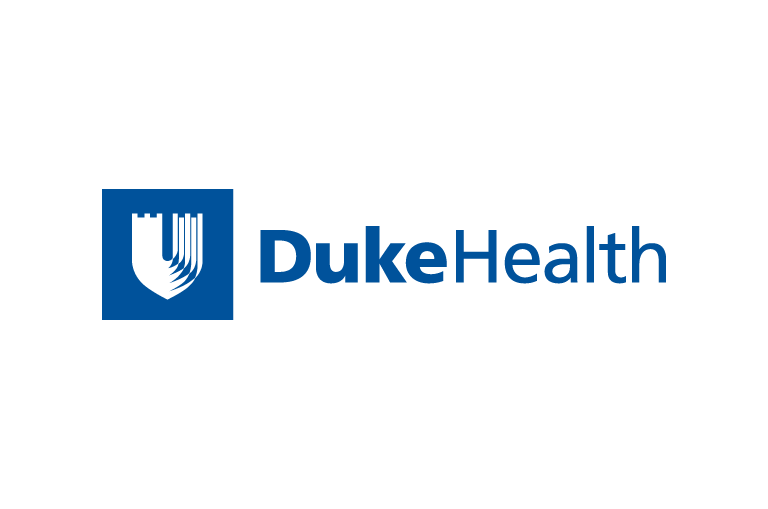Cancer Patients with ACA Policies Swiftly Reach Out-of-Pocket Caps
DURHAM, N.C. – A hypothetical leukemia patient buying the life-extending drug therapy for his condition would reach his annual out-of-pocket maximum in a month on most of the bronze policies and half of the silver policies offered through the Affordable Care Act marketplace.
The findings, reported by researchers at the Duke Cancer Institute at the American Society of Clinical Oncology meeting in Chicago (Abstract #6504), found that cancer patients buying health insurance coverage through the Affordable Care Act marketplace should take into account annual premiums, out-of-pocket maximums, and potential treatment costs – not just one or another of those factors. Even then, the coverage level did not necessarily predict the amount of expected out-of-pocket costs.
“When when using all those criteria, the least expensive choice for patients was often the lower tier policies -- typically sold as the “bronze” option -- but not always,” said senior author Yousuf Zafar, M.D., associate professor in the School of Medicine and the Sanford School of Public Policy at Duke University. “Patients might assume that the bronze policy would be the least expensive compared to silver or gold levels, but it’s important to shop carefully, particularly when considering out-of-pocket expenses.”
Zafar and colleagues gathered data using the HealthCare.gov insurance exchange in North Carolina and searching as a “secret shopper” for a hypothetical 55-year-old male patient with chronic myelogenous leukemia (CML).
CML was selected because it is a chronic disease requiring years of expensive but potentially life-extending treatment. The primary treatment for CML, imatinib, is an oral anti-cancer therapy and is the 24th highest selling drug in the United States. High monthly co-payments can reduce adherence to the drug.
The hypothetical patient was also assigned varying incomes, from 100 percent to 300 percent of the poverty rate. Using those criteria, the hypothetical patient was eligible for 141 bronze and 210 silver plans across six counties.
Excluding premiums, the maximum amount all insurance exchange policyholders must pay out-of-pocket is $6,850 – an amount that represents approximately 10 percent of median household income in the United States.
The Duke researchers found that their hypothetical CML patient, paying only for drugs and not counting premiums and deductibles, reached that out-of-pocket maximum in one month with 70 percent of bronze level plans and half of the silver plans. In three months, he would reach his annual out-of-pocket maximum with 79 percent of bronze plans and 91 percent of silver plans.
As expected, at 100 percent of the poverty level, silver plans provided better protection than bronze plans from out-of-pocket costs. At 200 percent of the poverty level, however, median annual out-of-pocket costs were much more variable for both silver and bronze plans. At this income level, the hypothetical patient would see little difference in average costs between silver and bronze plans, but would face more choices within silver plans.
Contrary to conventional wisdom, the researchers found that their hypothetical patient with income at 300 percent of the poverty level was more likely to benefit from a bronze plan than a silver plan. The patient at this income level would pay $1,470 less in annual out-of-pocket expenses on average than the same patient with income at 100 percent of the poverty level.
“The Affordable Care Act has improved access to health care for millions of Americans who would have otherwise done without,” Zafar said. “But what remains unclear is whether health care for patients — particularly those who face chronic illness — will be affordable enough.”
In addition to Zafar, study authors include Callie Lynn Gable and Donald H. Taylor.
The study received funding support from the Duke Cancer Institute. The researchers reported no conflicts.
